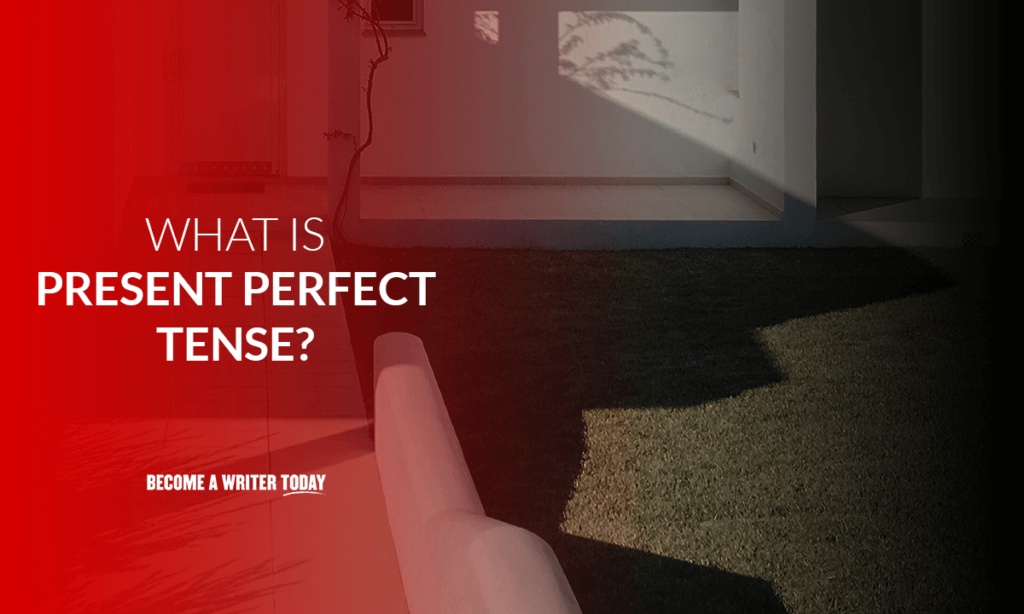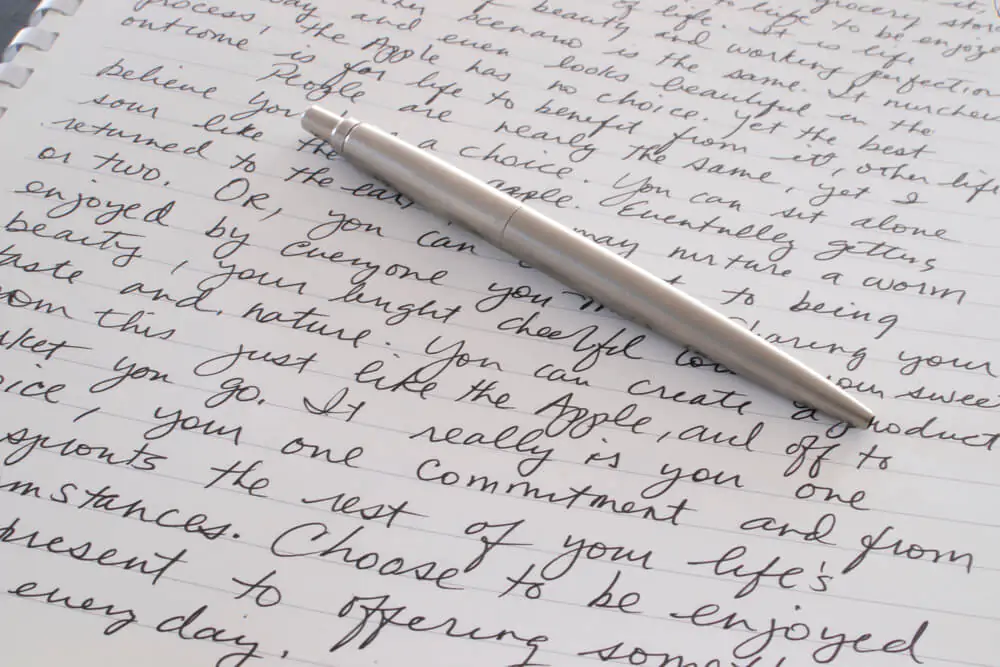How well do you know your verb tenses? If you’ve been wondering what is present perfect tense, this guide sheds light on the answer.
In the English language, verb tenses are not always as clear as they should be. While the simple past tense, simple present tense, and simple future tense verbs are the basics, the language has further divisions beyond these. The present perfect tense is one of these.
Below, we take a closer look at this common tense, so you know how it compares to other tenses in English grammar and can use it correctly.
Contents
What Is Present Perfect Tense?

The present perfect tense is a verb tense that shows action happening at an indefinite time in the past. It can also refer to something that started in the past but continues in the present.
The construction of the present perfect tense is the helping verb has or have and the past participle form of the word. The past participle for regular verbs is made by adding the ending -ed or -d to the root verb. For example:
- Have walked
- Has cleaned
- Have jumped
- Has laughed
For irregular verbs, the past participle may look irregular, such as:
- Have done
- Has gone
- Have known
- Has thought
Present Perfect Tense Example Sentences

If you are using the present perfect form of the verb to show something that happened at an unspecified period in the past, it might look like this:
- We have eaten at the restaurant before.
- I have walked hard roads in the path.
- I have picked up some flashcards to help the students become quicker learners.
If you have a specific time frame in mind, you cannot use the present perfect form. Instead, you will need to use the simple past tense, as in:
- I have finished the dinner preparation. (This is correct because the time is not specific. This could have happened last week or just a minute ago.)
- I have finished the dinner preparation at noon. (This is incorrect because it has a specific time.)
You can also use this verb tense to express something that started in the past but is happening now. It doesn’t matter if it was in the recent past or the distant past that the action began, as long as it’s still continuing. Here is an example:
- He has been at his new job since February.
- She has had the flu since Monday.
- She has learned quite a bit since last year.
Present Perfect Tense vs. the Simple Past Tense
So how is the present perfect verb form different from the simple past tense verb form? Remember that the past tense shows completed actions with a specified ending time, while the present perfect shows something that is either still happening or completed at an unspecified time.
Here are some examples:
- Sally has run a mile. (This is the present perfect tense and implies that Sally is still running the race at the time of the statement.)
- Sally ran a mile. (This is the past tense. It shows that the running finished in the past at some time.)
- Jennifer has worked to develop some excellent apps. (This present perfect tense example shows that Jennifer is still working on the apps, but has already completed several in her past.)
- Jennifer worked to develop some excellent apps. (This past tense example indicates she has completed the work on the apps in the past.)
More Example Uses of the Present Perfect Tense
The best way to understand any verb conjugation is to look at it in a sentence. Here are some additional sentences that use present perfect tense correctly:
- I have lost my keys.
- The child has watched his favorite movie twice this week.
- She has started her new job.
- Your brother has finished his chores.
- The children have made a huge mess that they need to clean up.
Special Uses of Present Perfect Tense
The present perfect tense almost always shows up with the have/has plus the past participle conjugation. However, there are two instances when it looks a bit different. These are questions and negative sentences.
Present Perfect Tense in a Question
When the present perfect tense shows up in a question, it looks a little different. It still uses the auxiliary verb have/has, but the subject usually comes between the helping verb and the main verb. Here are some examples:
- Have they met before? (have met)
- Where have I put my keys? (have put)
- Has she ever been to the mall? (have been)
- When has she visited Germany? (has visited)
Negative Form of the Past Participle
If you are using the negative form of the past participle, the conjugation is the same. However, the adverb “not” lands between the helping verb at the main verb.
Here are some example sentences:
- I have not done my bookwork since last month. (have done)
- She has not come to our monthly meetings in a while. (has come)
- Lucy has not shopped at this store before. (has shopped)
A Final Word on What Is Present Perfect Tense
The present perfect tense gives English writers a way to show past action or current action that started sometime in the past without having a specified ending time.
The present perfect tense is easy to make. Simply use the auxiliary have or has and add the past participle of the verb. If it is an irregular verb, look up the conjugation, or if it is a regular verb, add -ed or -d to the end.
Understanding the present perfect tense will help you write clearly with sentences that show the proper time implications and context.
If you need help with tense, consider using a verb tense checker.
FAQs About What Is Present Perfect Tense
What does the present perfect tense mean?
You will use the present perfect tense in one of two instances in English grammar. These are:
1. Showing action happening now that happened sometime in the past but is continuing.
2. Showing action that happened at an unspecified time in the past.
What is the present perfect tense with examples?
The present perfect test uses a conjugation that combines the helping verb have/has merged with the past participle or simple past tense form. Here are some examples:
1. Have gone
2. Has left
3. Have lifted
4. Has driven